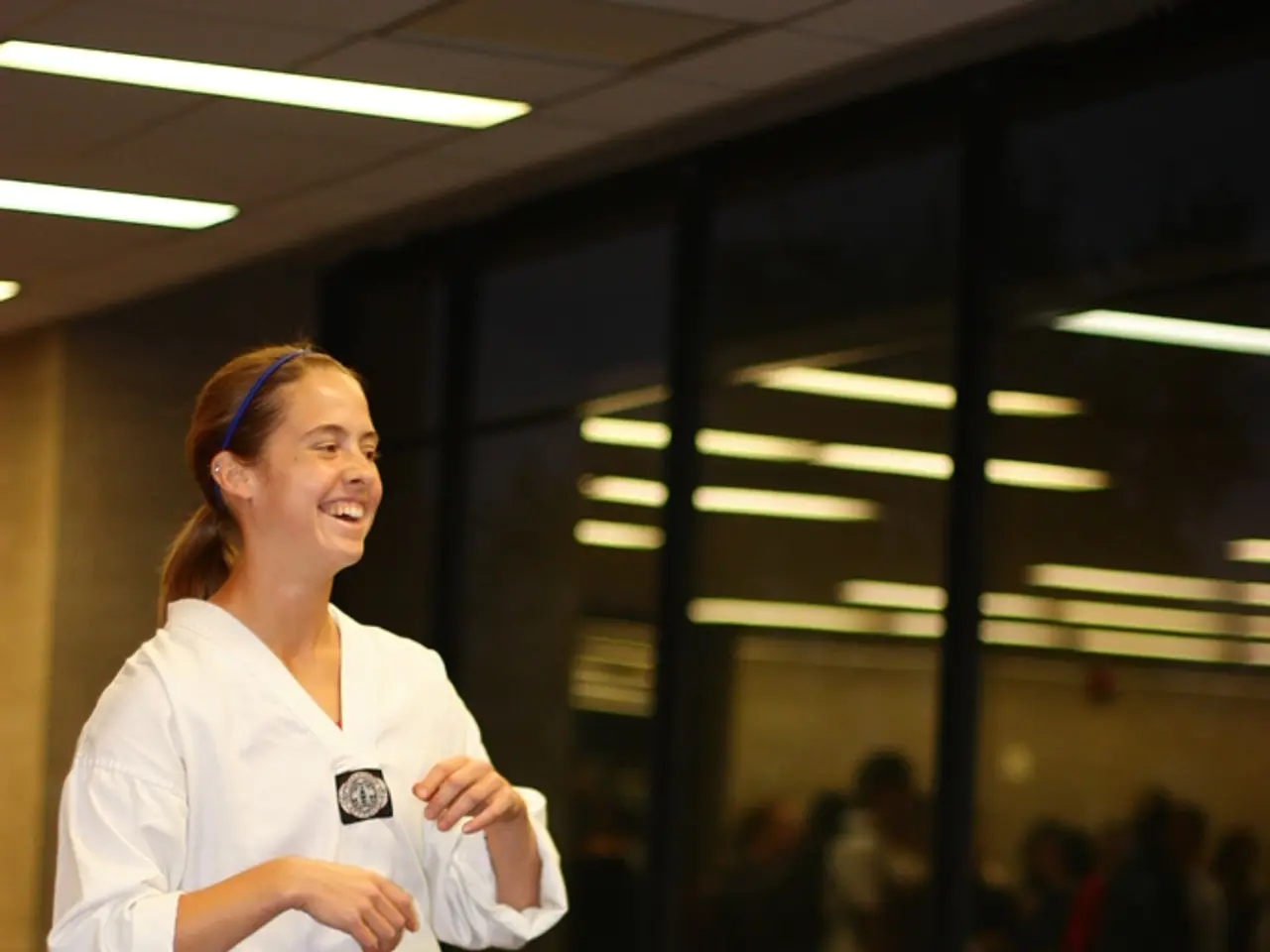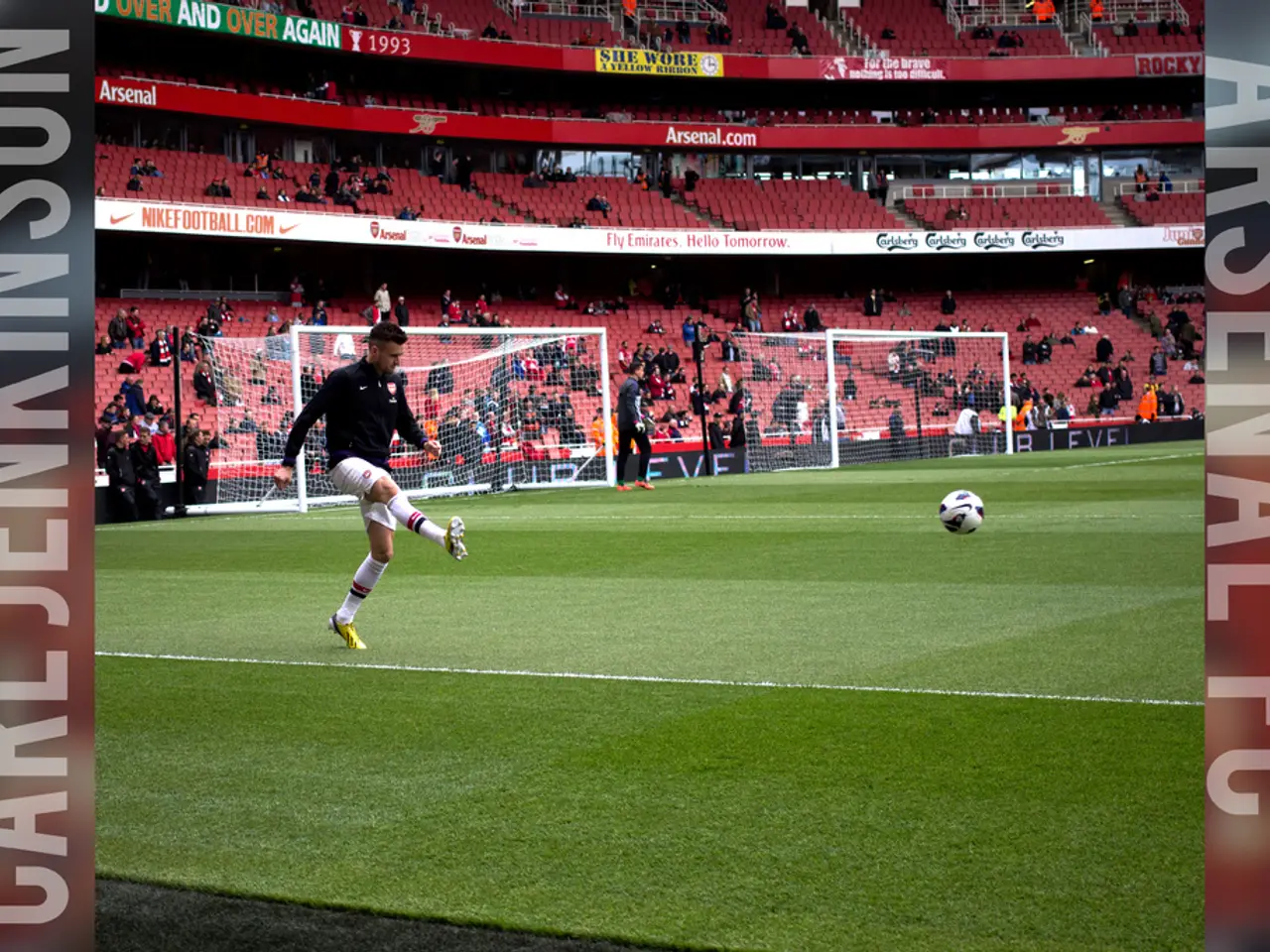Martial Art Mastery: Achieving Self-Discipline through Taekwondo
Taekwondo, the acrobatic Korean martial art known for its high, fast, and spinning kicks, has been a part of the Olympic Games since 2000. But its historical roots are limited; it is primarily a modern martial art developed in the mid-20th century.
Taekwondo was born around the liberation of Korea in 1945 and was systematized in the 1950s by General Choi Hong Hi. He synthesized older Korean kicking arts like Taekkyeon and Chinese martial arts, alongside elements of Japanese Okinawan karate, to form a new, modern martial art.
Taekkyeon, a traditional Korean martial art known for its fluid kicking techniques, has a documented history dating back at least to the 18th century. However, it is distinct from Taekwondo itself.
In contrast to Taekkyeon, Taekwondo emphasizes flexible footwork, including retreat and side movements, and favors powerful, fast kicks. This contrasts with karate, which traditionally uses more straightforward, linear attacks and often emphasizes blocking and enduring attacks rather than evasion.
Key differences between Taekwondo and karate include their historical origins, movement styles, defense approaches, and techniques. While Taekwondo is a modern fusion, karate is centuries old. Taekwondo focuses on high, fast, and spinning kicks, while karate emphasizes strikes, blocks, and punches.
Philosophically, Taekwondo stresses controlled and active movement combined with avoidance tactics, while karate values straightforward power and direct engagement.
Grandmaster Doug Cook, the president and CEO of the United States Taekwondo Association, believes that traditional Taekwondo is not about winning a medal, but about building character and becoming a modern-day warrior. He teaches traditional Taekwondo and the development of a personal ki, or internal energy, at his dojang in Warwick, New York.
In the 2020 Games in Tokyo, karate will make its debut, while Judo, based on Japanese jujitsu and once practiced by samurai, is the only other martial art, aside from Taekwondo, represented at the Olympics. Judo began in the 1964 Games and has been in every Summer Olympics since 1972, with women participating since 1982.
Grandmaster Doug Cook has authored four books on Taekwondo and has been a champion of traditional Taekwondo, often criticising the Olympic sport for forfeiting many traditional techniques for simple points. Despite some revisionist claims about its ancient Korean roots, Taekwondo's history has been traced back to the mid-20th century, after the Korean peninsula was invaded by Japan and bombarded by foreign forces.
Taekwondo is pronounced as TAY-kwon-dough, not TIE-kwon-dough.
[1] "Taekwondo: A Brief History," Taekwondoinstitute.org, https://www.taekwondoinstitute.org/taekwondo-history/ [2] "Taekwondo vs. Karate," Thoughtco.com, https://www.thoughtco.com/taekwondo-vs-karate-608792 [3] "Taekkyeon," Encyclopaedia Britannica, https://www.britannica.com/topic/Taekkyeon
Taekwondo, as a modern martial art growing from Taekkyeon and other Asian influences, offers a contrast in philosophy, techniques, and movement styles compared to the centuries-old art of karate. Rather than being solely focused on winning Olympic medals, Grandmaster Doug Cook emphasizes building character and developing internal energy in traditional Taekwondo.
Even though Taekwondo has been part of the Olympic Games since 2000, its historical roots can be traced back to the mid-20th century, making it much younger than traditional martial arts such as karate and Taekkyeon.







